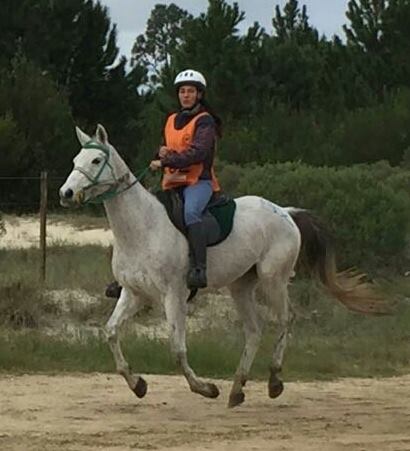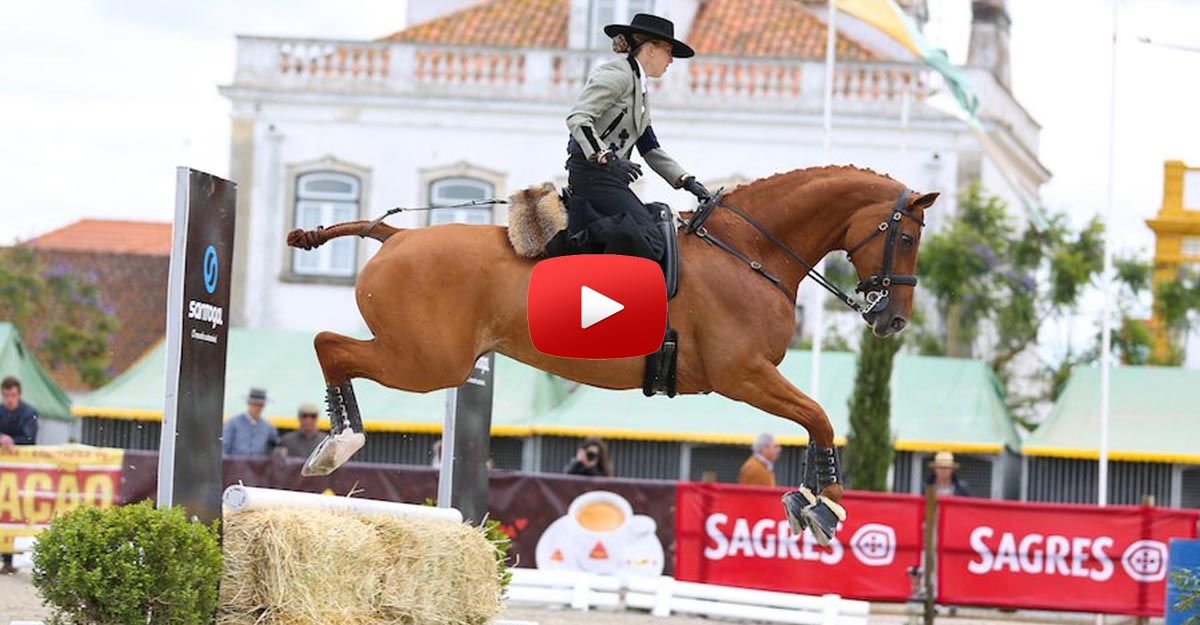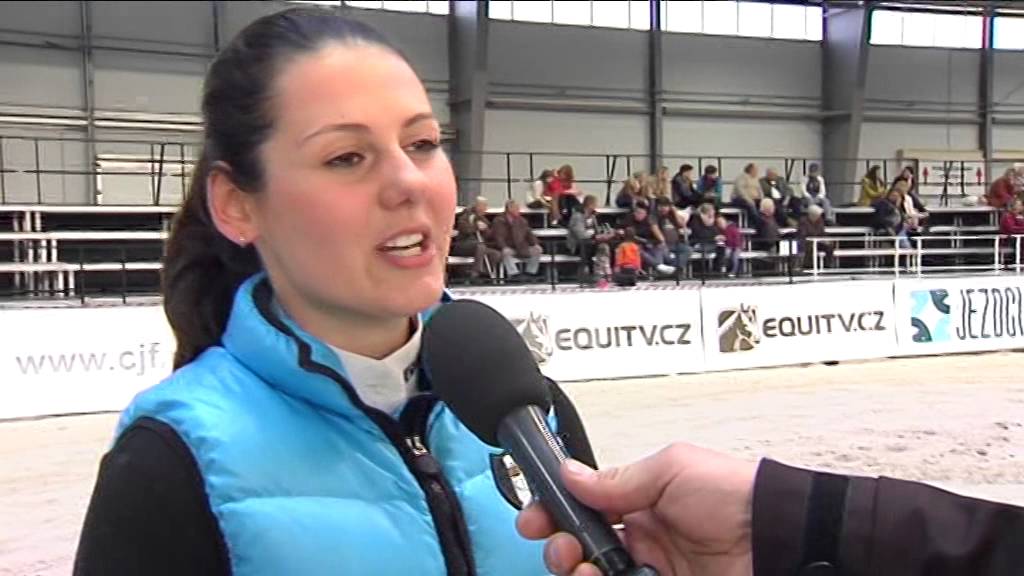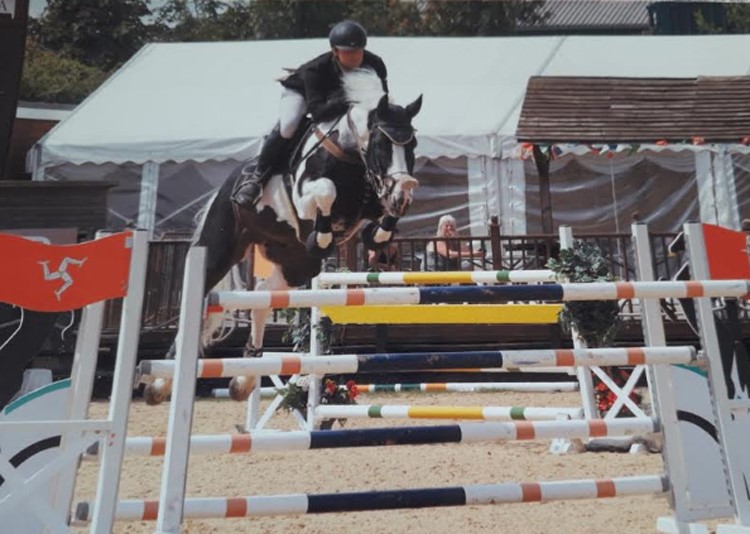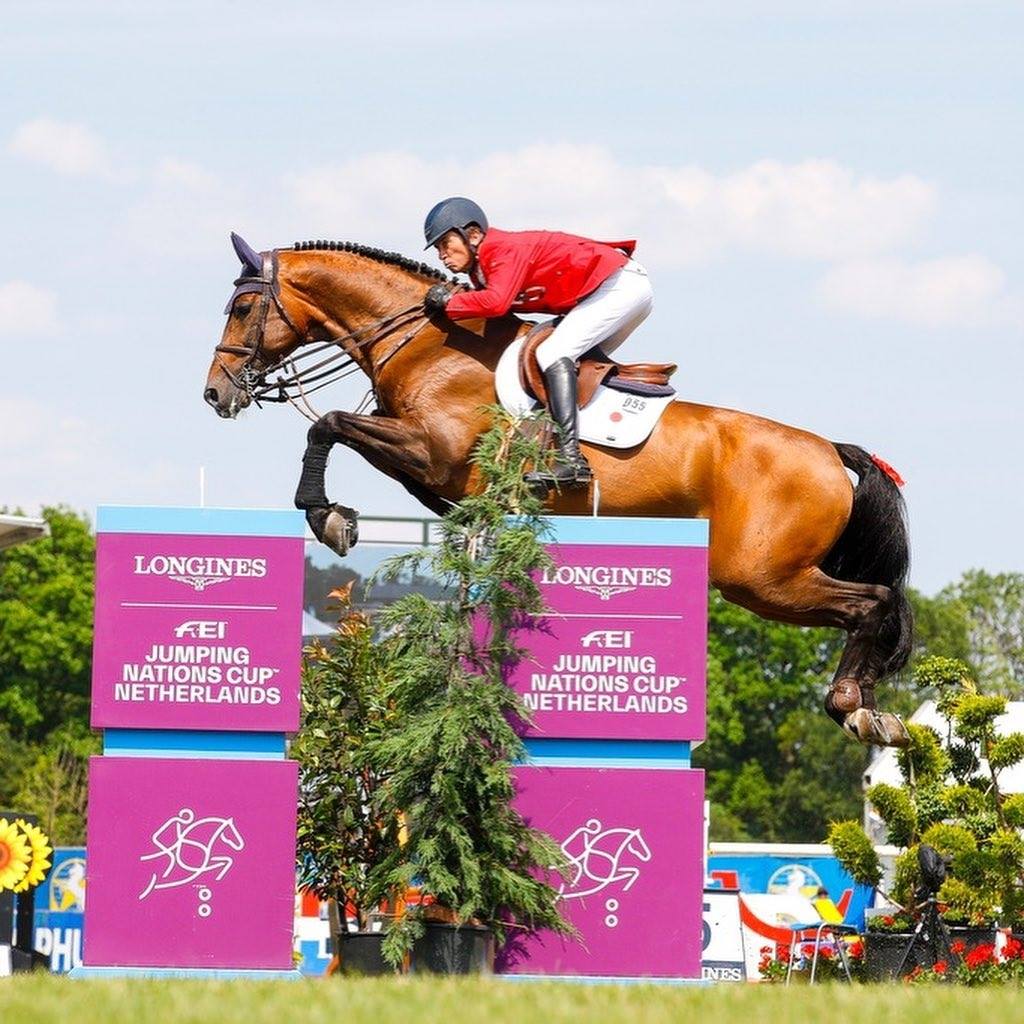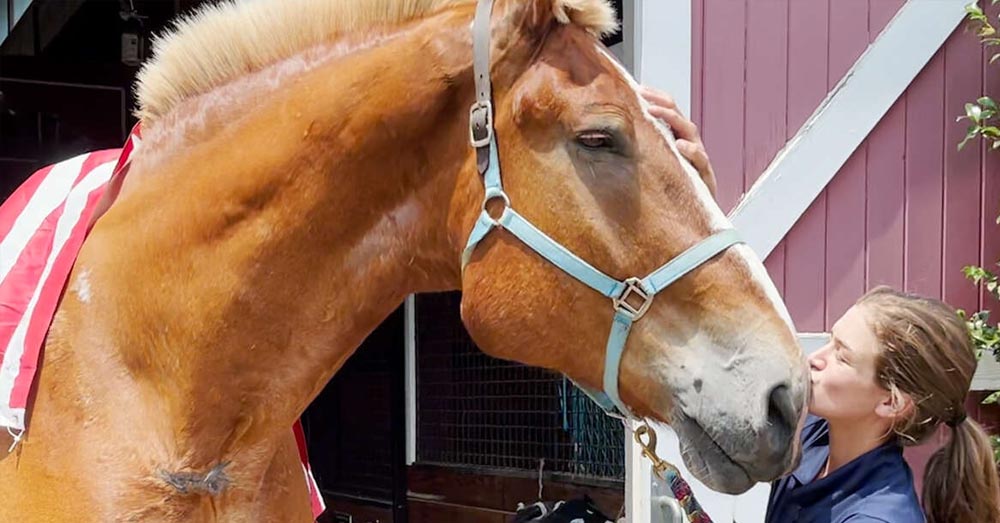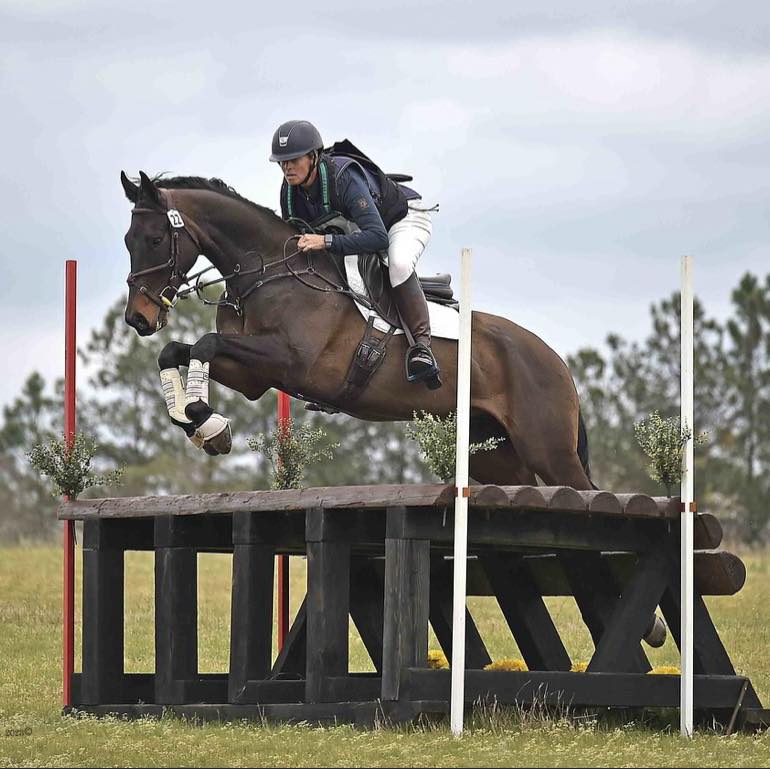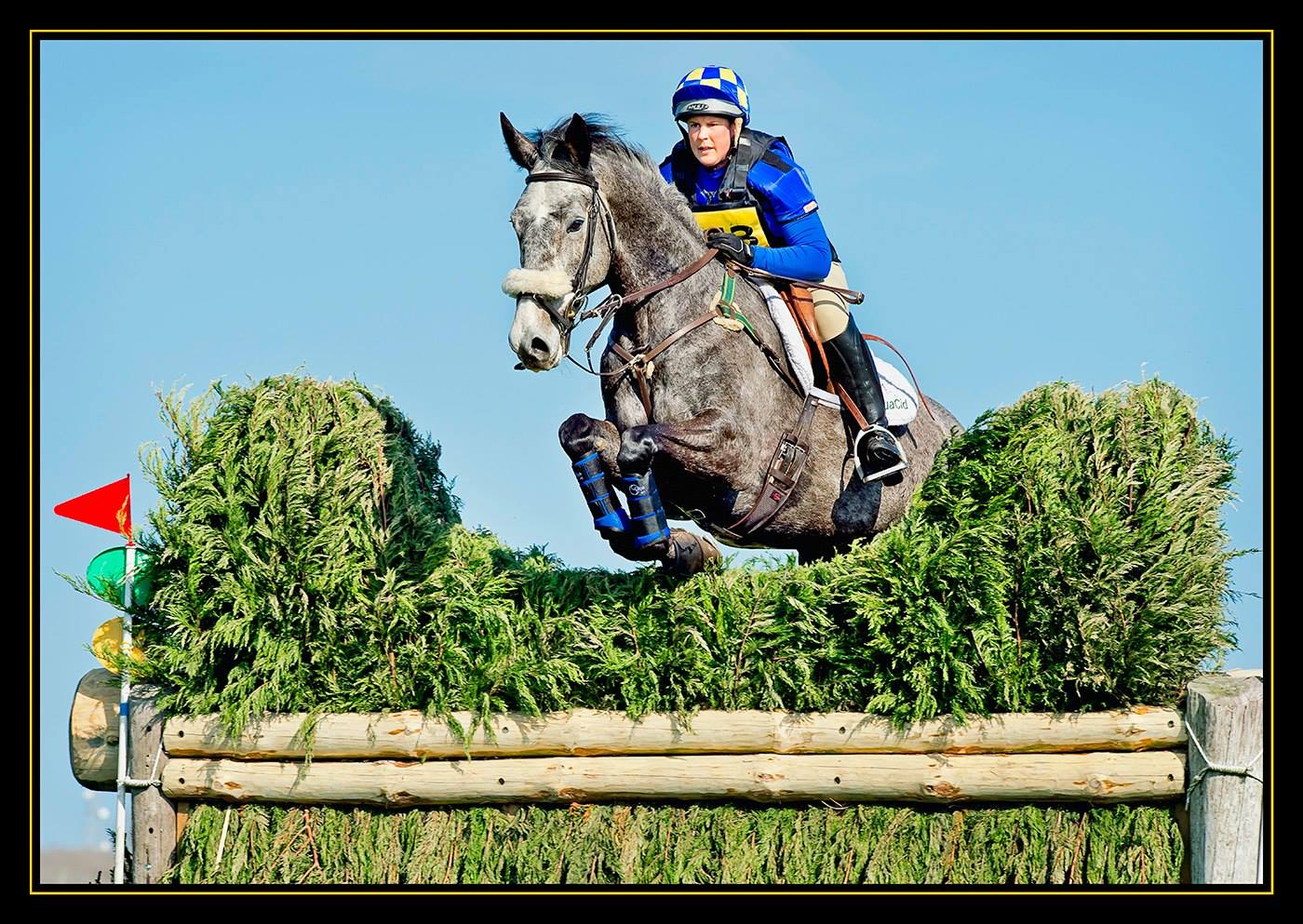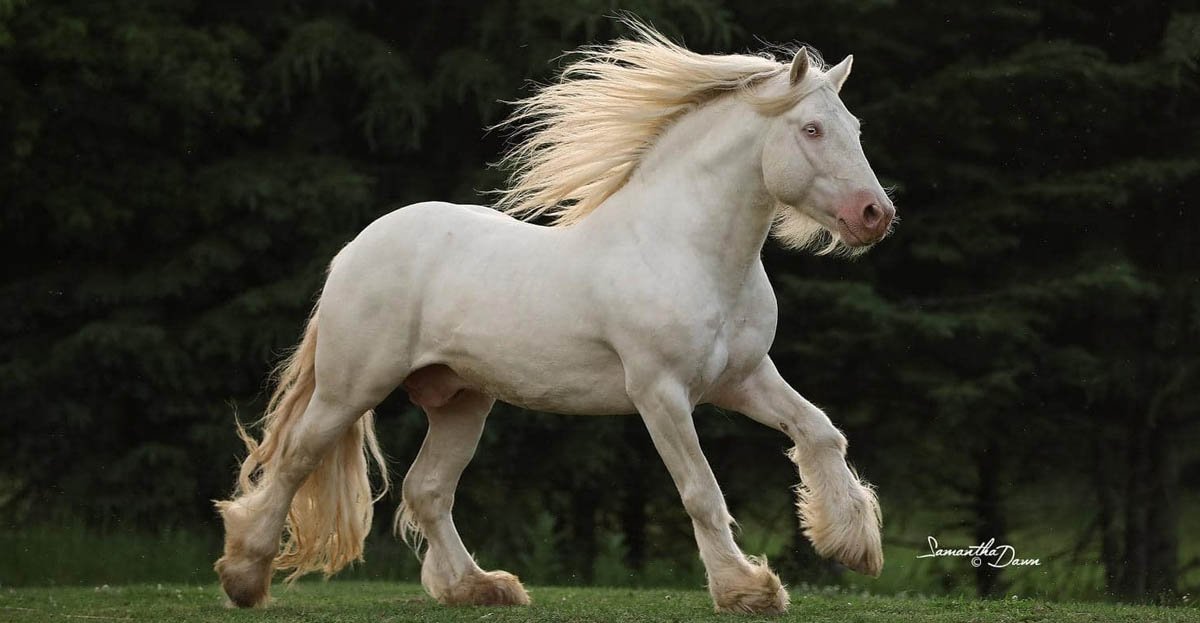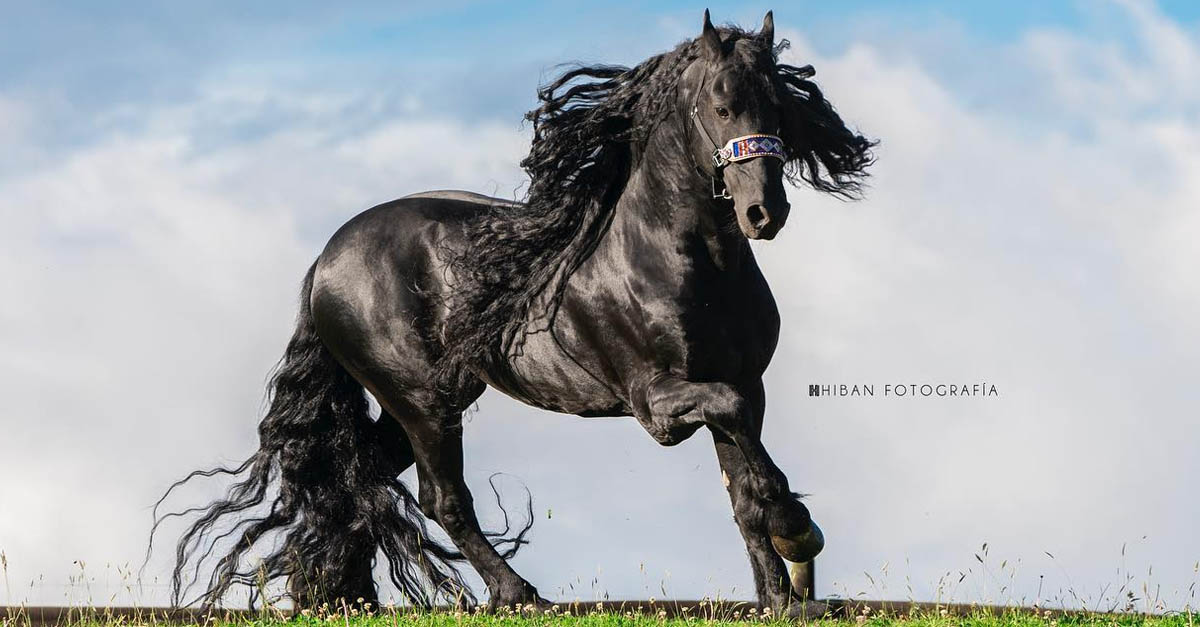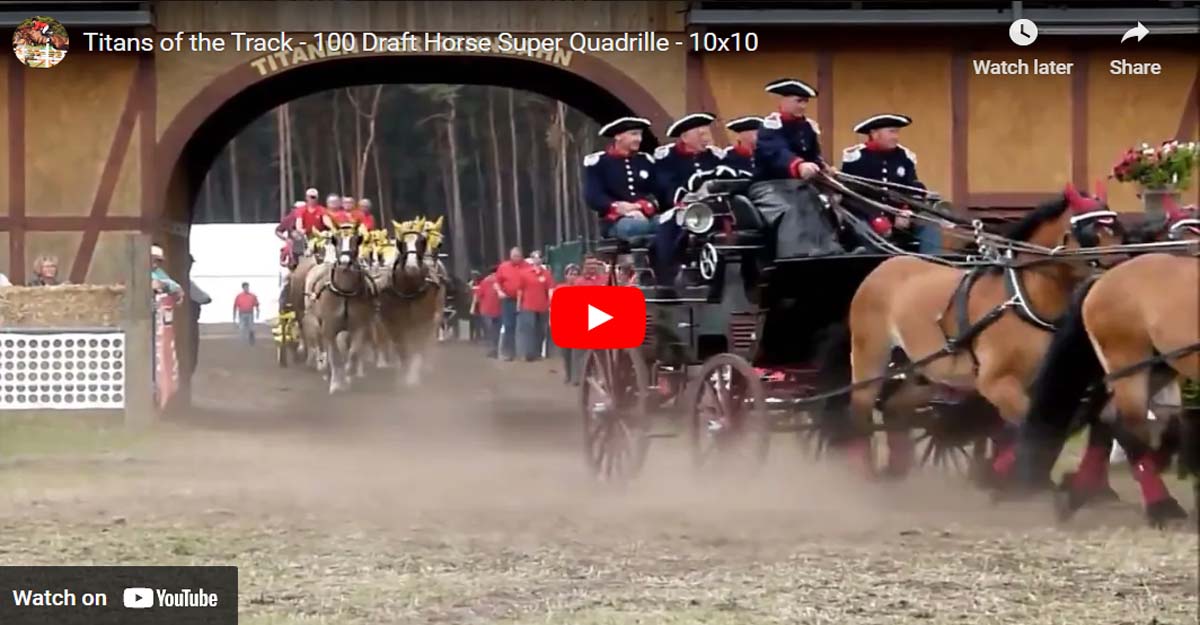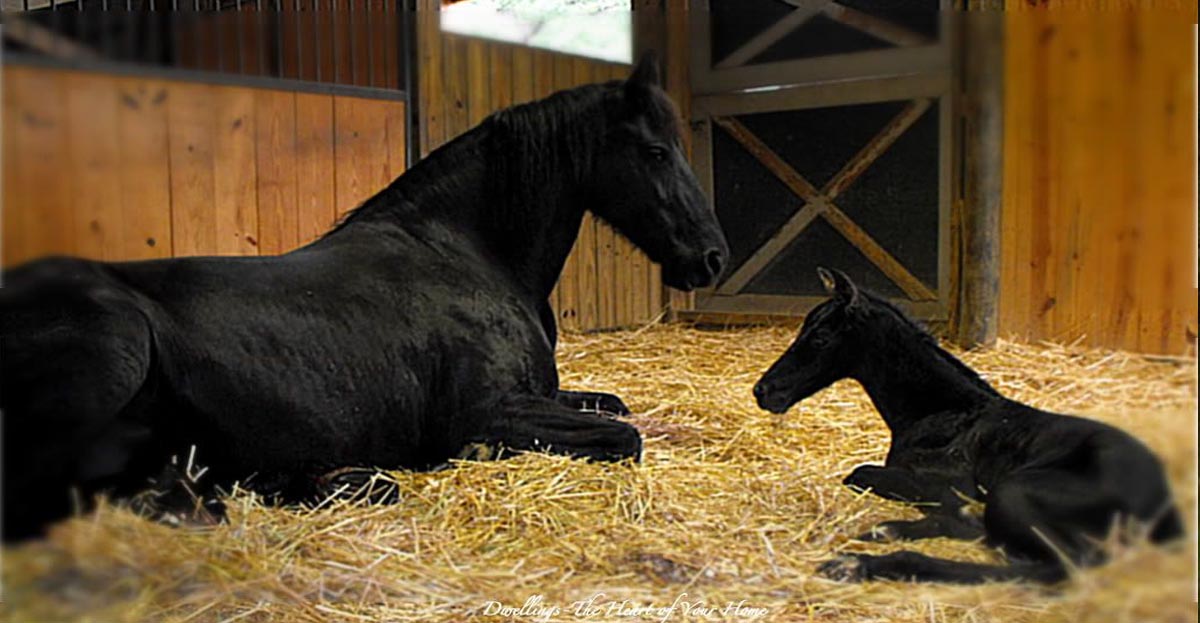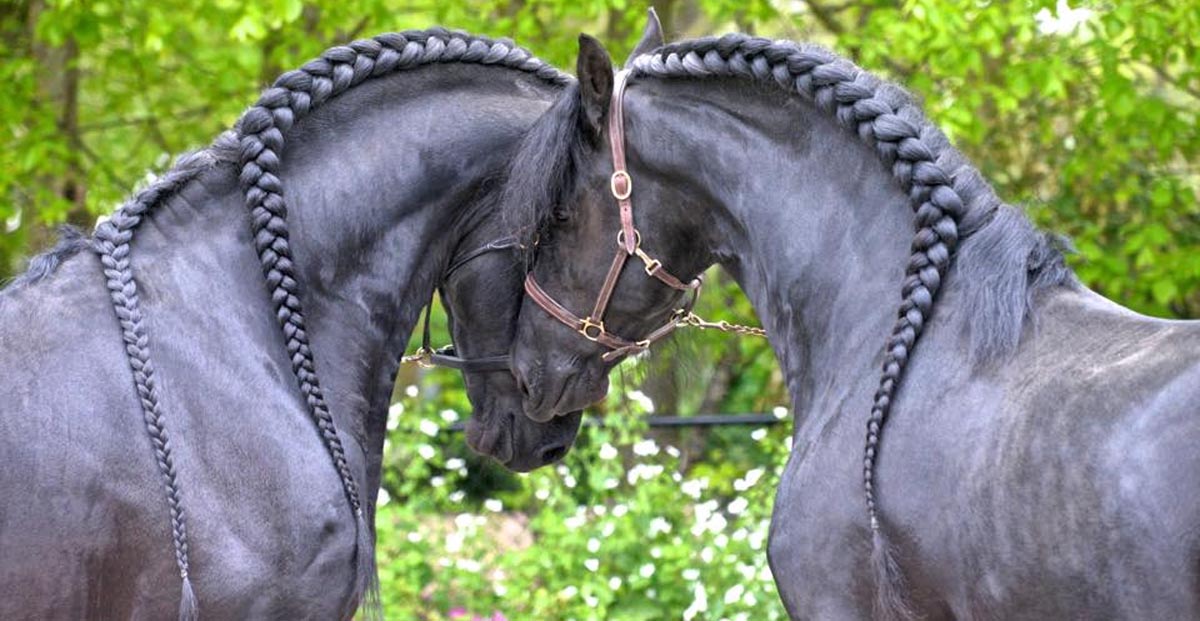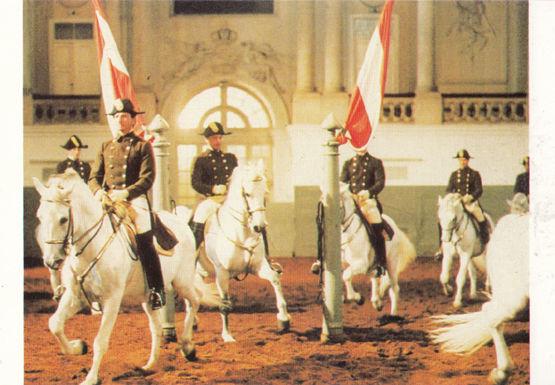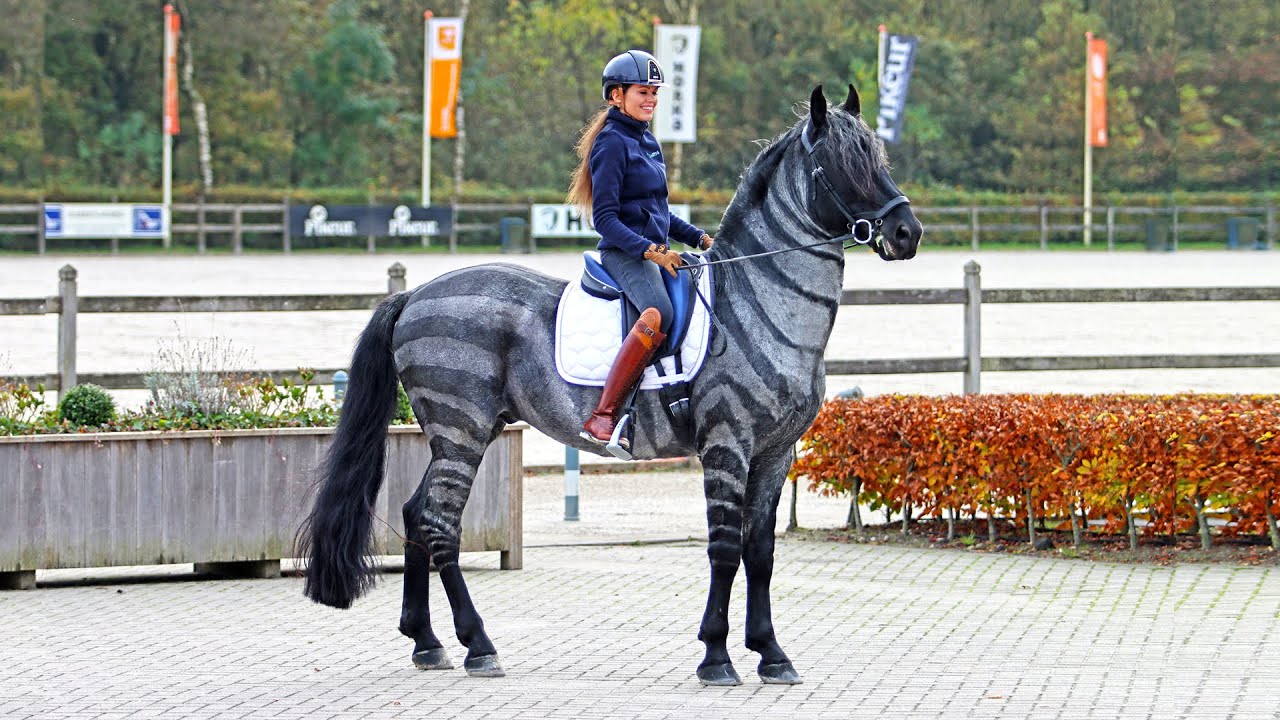How are Dressage Competitions Scored?
How Dressage Scoring Works
Dressage is a term from the French that means training and it involves the training of horses so that they are able to develop flexibility, balance, and obedience. The horse is trained how to be supple, calm and attentive to its rider. After training, the horse then undergoes a dressage test that has nine progressive levels, and various aspects are tested. The rider and horse are not allowed to move to the next level if they have not demonstrated enough skills in the current level and attained 60% or above in all areas. This ensures that both have built a strong foundation that is required for higher level skills.

The scoring is done by dressage judges who are licensed by the International Equestrian Federation (FEI) and are assisted by scribes whose work is to write down scores and comments from the judges. The horse and rider are tested on the natural and training ability so as to be successful. Each level has scores that are given out of 10 and some segments may carry double marks where the score is doubled at the end. The marks are added up at the end of each dressage test and then converted to a percentage.
The scores are calculated by use of a scoring scale that has 0-10 marks and then collective marks are given after the rider and horse complete the test. The scale is broken down as follows:
10- Excellent
9- Very Good
8- Good
7- Fairly Good
6- Satisfactory
5-Sufficient
4-Insufficient
3-Fairly Bad
2- Bad
1- Very Bad
0-Not Executed
The dressage judges give marks based upon:
1. Impulsion- how the horse desires to move forward, elasticity in the steps and roundness
2. The gait- how free and regular the horse movements are.
3. Submission-the attention and confidence of the horse also if it is in harmony with the rider, the lightness in movement and acceptance of the bit
4. Rider`s seat and position- if they rider uses aids effectively and correctly.

It`s hard for the horses and riders to have a score of 10 but they can get a high score of 8 or 9. Getting a lower score is discouraging, but the work of the dressage judges is to help the riders know which areas they have to work on and which areas they are perfect in. A total score of 70% or above is considered to be very good. If any two horses have scored the same percentage at the end of the tests, the horse with a rider with higher scores is placed higher than the rider with lower marks.
Some rules are used during scoring and if any rule is broken, or an error is made, then the rider and horse are given penalties points which are deducted from the overall scores. The first error equals 2 points; second error equals 4 points, and the third error subjects` one to elimination from the test. The dressage judges are very keen during the tests, and several of them have to be positioned at different points in the arena.
Horse Videos

Horse Videos

Horse Videos

Horse Videos

Horse Videos
Dressage is a term from the French that means training and it involves the training of horses so that they are able to develop flexibility, balance, and obedience. The horse is trained how to be supple, calm and attentive to its rider. After training, the horse then undergoes a dressage test that has nine progressive levels, and various aspects are tested. The rider and horse are not allowed to move to the next level if they have not demonstrated enough skills in the current level and attained 60% or above in all areas. This ensures that both have built a strong foundation that is required for higher level skills.

The scoring is done by dressage judges who are licensed by the International Equestrian Federation (FEI) and are assisted by scribes whose work is to write down scores and comments from the judges. The horse and rider are tested on the natural and training ability so as to be successful. Each level has scores that are given out of 10 and some segments may carry double marks where the score is doubled at the end. The marks are added up at the end of each dressage test and then converted to a percentage.
The scores are calculated by use of a scoring scale that has 0-10 marks and then collective marks are given after the rider and horse complete the test. The scale is broken down as follows:
10- Excellent
9- Very Good
8- Good
7- Fairly Good
6- Satisfactory
5-Sufficient
4-Insufficient
3-Fairly Bad
2- Bad
1- Very Bad
0-Not Executed
The dressage judges give marks based upon:
1. Impulsion- how the horse desires to move forward, elasticity in the steps and roundness
2. The gait- how free and regular the horse movements are.
3. Submission-the attention and confidence of the horse also if it is in harmony with the rider, the lightness in movement and acceptance of the bit
4. Rider`s seat and position- if they rider uses aids effectively and correctly.

It`s hard for the horses and riders to have a score of 10 but they can get a high score of 8 or 9. Getting a lower score is discouraging, but the work of the dressage judges is to help the riders know which areas they have to work on and which areas they are perfect in. A total score of 70% or above is considered to be very good. If any two horses have scored the same percentage at the end of the tests, the horse with a rider with higher scores is placed higher than the rider with lower marks.
Some rules are used during scoring and if any rule is broken, or an error is made, then the rider and horse are given penalties points which are deducted from the overall scores. The first error equals 2 points; second error equals 4 points, and the third error subjects` one to elimination from the test. The dressage judges are very keen during the tests, and several of them have to be positioned at different points in the arena.
Horse Videos
StableexpressHow are Dressage Competitions Scored?
Posted by Stable Express
Horse Videos
StableexpressHow are Dressage Competitions Scored?
Posted by Stable Express
Horse Videos
StableexpressHow are Dressage Competitions Scored?
Posted by Stable Express
Horse Videos
StableexpressHow are Dressage Competitions Scored?
Posted by Stable Express
Horse Videos



